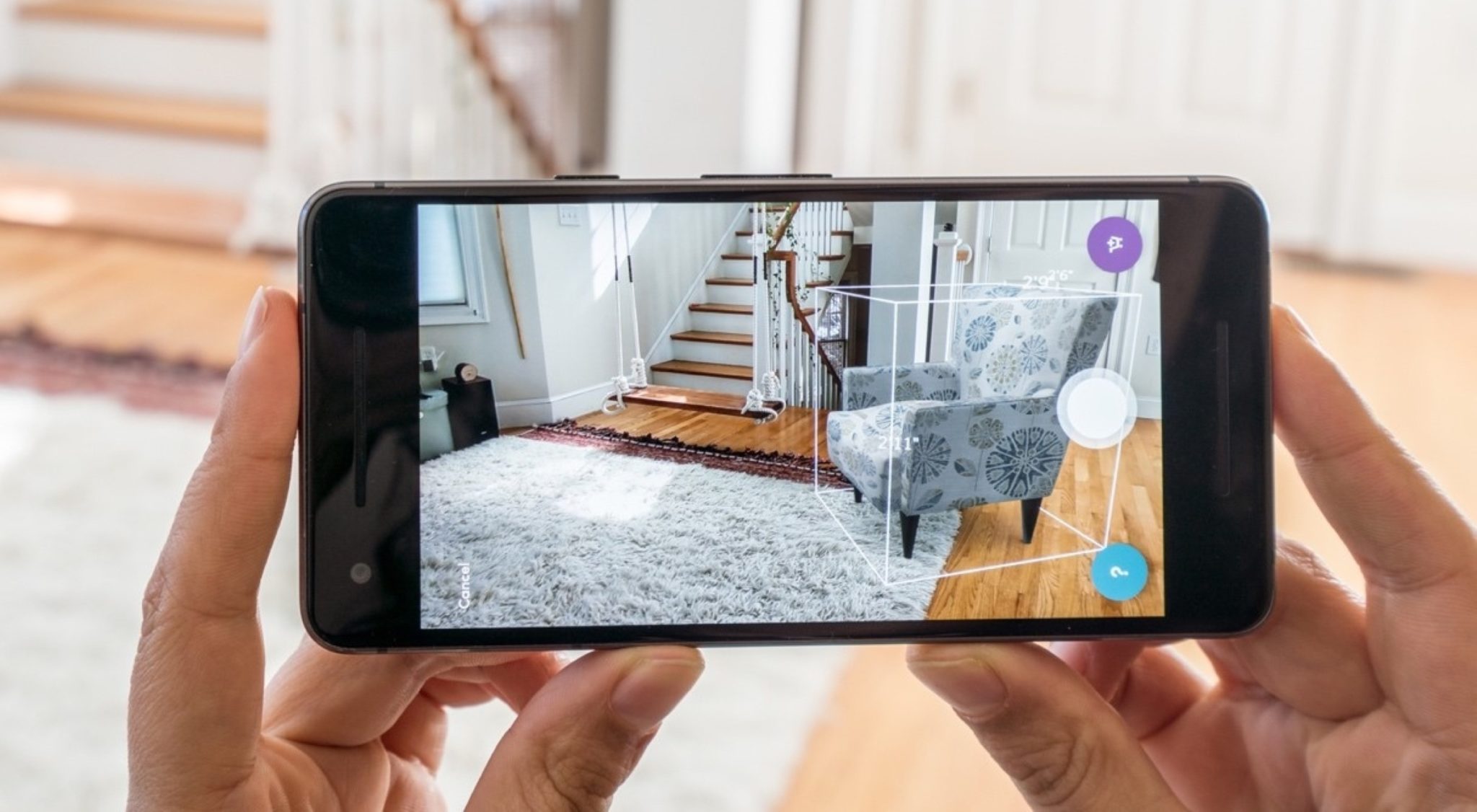Brands can use AR in marketing to create novel, immersive campaigns to delight customers, capturing an audience’s attention in order to stand out from the crowd. Brands can use AR in marketing to create novel, immersive campaigns to delight customers, capturing an audience’s attention in order to stand out from the crowd.
Key takeaways:
- Businesses need to personalize their marketing efforts to stay relevant
- AR turns marketing campaigns into immersive and engaging experiences by allowing buyers to interact with products in a tactile and visual manner
- Successful brands need to adopt an AR marketing strategy in order to stay ahead of the competition

Marketers know that capturing customer attention is the key to a successful campaign. This is often no easy task. Studies have shown that the typical attention span of a consumer is only eight seconds at most. This means brands, no matter their mode of outreach, need to really stand out from the crowd in order to capture the customer’s attention within that eight second window.
Today's consumers are unimpressed by traditional brand outreach. They expect their interactions with a brand to be relevant, interesting, and personalized. 76% of them even admit to getting frustrated when their expectations are unfulfilled.
Brands must therefore move away from stale marketing tactics if they want to remain relevant. 3D and augmented reality (AR) technology are two strategies that can really change the game.
AR in marketing: How can it help
“Historically, advertising interrupted your life to get your attention. With AR, a brand can create content that you can personalize with the camera and leverage to tell your own story in a way that is genuinely interesting, entertaining, and relevant to your friends and followers.”_Andrew McPhee (Design Innovation, Snap Inc.)
AR technology allows users to ‘augment’ their surroundings with digital media and interact with it. This makes web interactions more immersive and opens a floodgate of potential applications - particularly in the marketing sphere.
Brands can use AR to make run-of-the-mill mobile ads more interactive, and pamphlets and e-brochures more engaging. Instead of passively watching a video ad, customers can interact with various components of an AR ad, makes the viewing experience more enjoyable and memorable.
Companies can also use the technology to show potential buyers how their products function, for example through a web-based live product demo with step-by-step instructions instead of a standard paper-based brochure.
Customers can access such AR-based content straight from the webpage they are navigating via WebAR, or with a designated app. They can interact with 3D product simulations in the ad or the e-brochure, view them in their room, change viewing angles, and even ‘use’ the product virtually without leaving their couch.
In addition, many businesses are already using AR tech to create unique, shareable brand experiences. Branded AR filters that customers can use and share on social platforms like Snapchat and Instagram are perhaps the best examples of this.
AR in marketing may seem like something from the distant future, but many brands are already using it under the guise of experiential marketing.
Examples of successful AR marketing campaigns: Burger King, Google, Home Depot
In 2019, fast food chain Burger King launched an AR-based campaign in Brazil which virtually 'burned down' ads from its competitor McDonalds, only to replace them with its own.
For consumers to experience this, they simply had to launch the Burger King app on their phone and point it at a McDonalds advertisement. Users were then rewarded with a free Whopper, redeemable at their nearest outlet. The result; Burger King gave away over 400,000 free Whoppers through the campaign, attracting additional restaurant footfall, and in-app sales increased by 54.6%.
Unsurprisingly, this bold marketing campaign got people talking. It directed them towards downloading the app in order to place their order. Most importantly, it introduced the app to customers through a unique and memorable experience.
Another example of AR in marketing is the 2019 Google ad in collaboration with the New York Times. The goal of the campaign was to show how Google facilitated AR experiences. By integrating media from the popular Netflix series Stranger Things, Google gave users a taste of how they could overlay digital information on real-world objects.
“Shoppers are researching more before they go into the store and want a seamless experience in acquiring their items. And those are capabilities we’ve seen increase in adoption,” _ Justin Burleigh (Vice President of E-Commerce and Interconnected Experiences for Home Depot)
Home Depot, a major US hardware retailer, placed an AR feature on its mobile app in 2020, allowing users to visualize products from its e-catalog in their homes. Customers could use the app’s AI tool to identify objects in the Home Depot showroom and get further product details. The tool could also show the customer if a product was in stock.
Home Depot's campaign aimed to provide its customers with a frictionless mobile shopping experience. And their efforts paid off. The retailer saw a 14% increase in online sales compared to the previous quarter.
According to a Snap Survey, 94% of respondents said they would use AR for shopping at the same rate or more in the coming year. This means that successful companies must not only invest in 3D technology but also integrate AR into their marketing strategy in order to improve customer satisfaction and drive sales. They can get a head start by creating 3D and AR product experiences in a few clicks with help from companies like Enhance.






